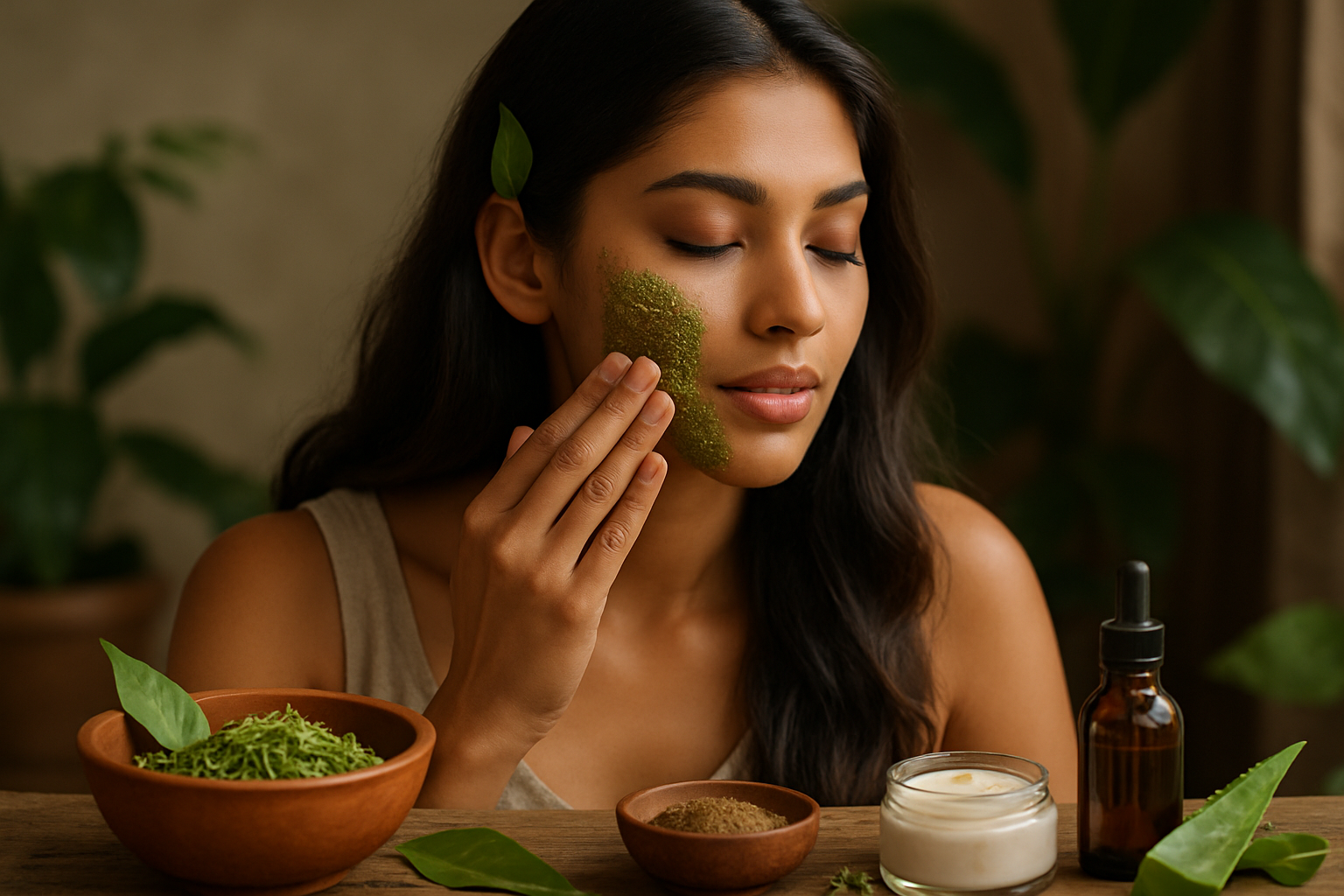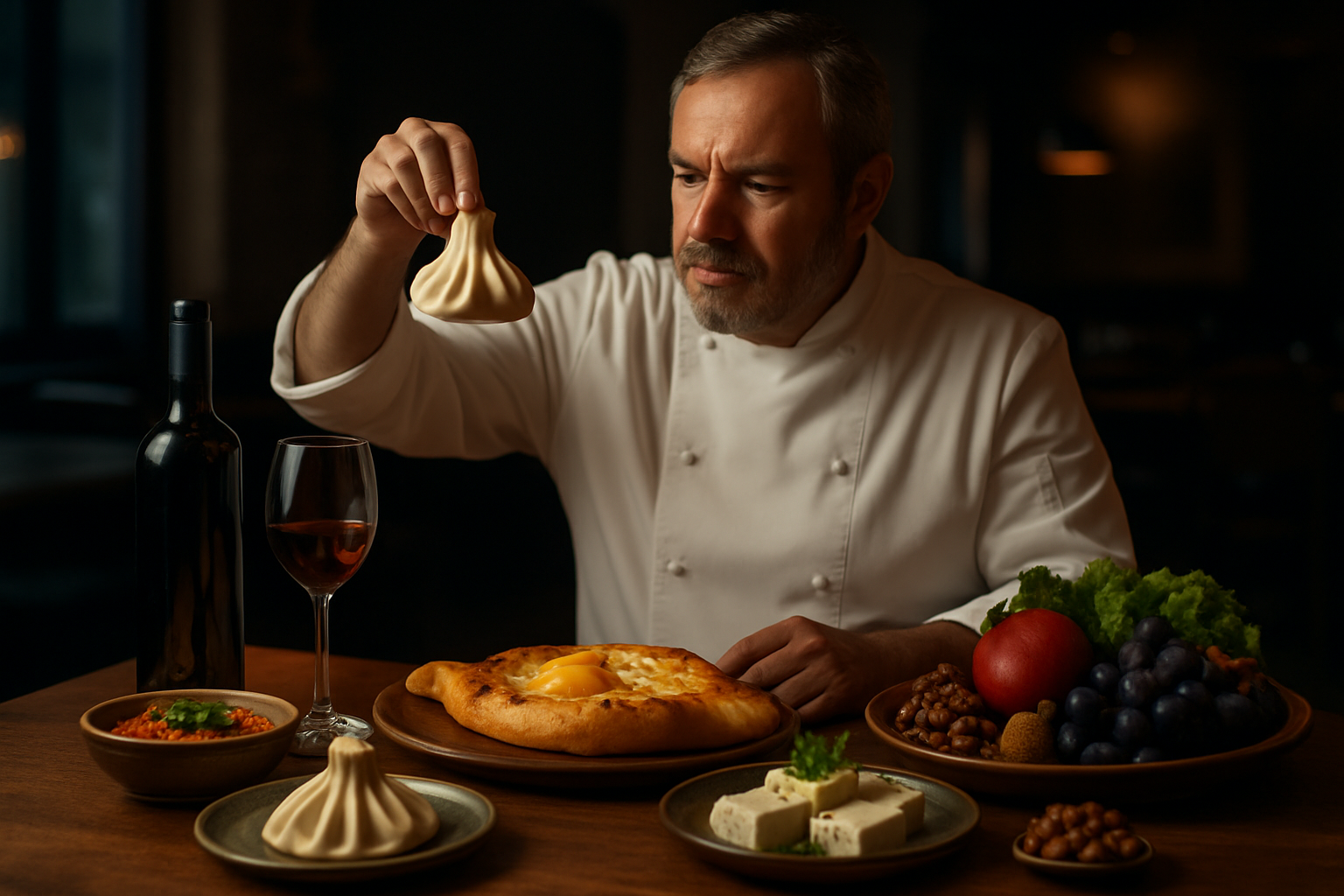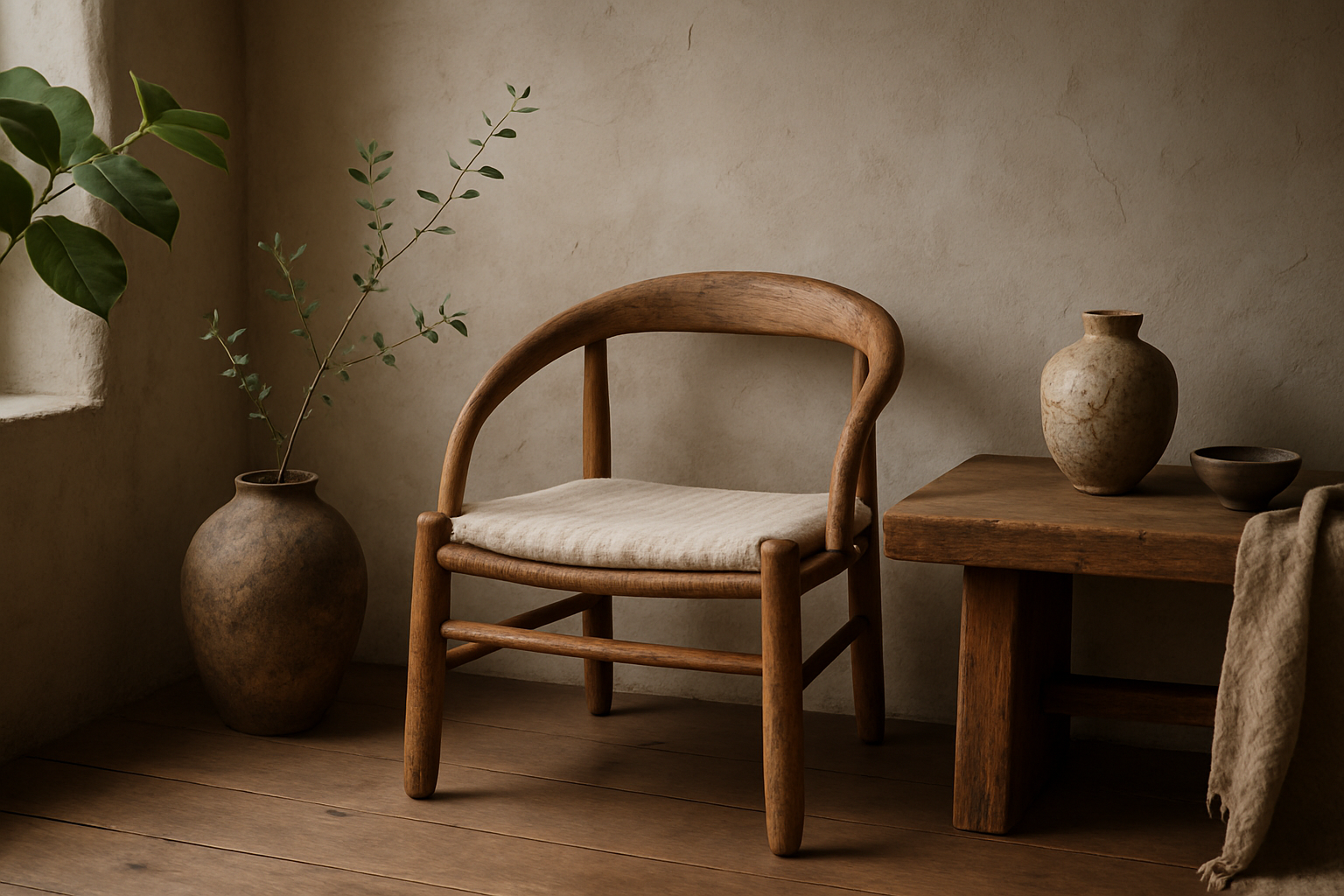Rediscovering the Power of Ancient Ayurvedic Beauty Rituals
The beauty and fitness industry has been a melting pot of cultures and ideas for thousands of years. Ancient wisdoms and practices often provide the inspiration for modern trends, with one of the most enduring and influential being Ayurveda. This holistic health system, developed over 3,000 years ago in India, offers a wealth of beauty rituals that are as relevant today as they were in antiquity.

A Historical Perspective
Ayurveda, which translates as ‘the science of life,’ is a holistic healing system that combines natural therapies with a personalized approach to health and wellbeing. Its beauty rituals, part of the larger system, are designed to balance the mind, body, and spirit, and promote longevity.
In ancient times, Ayurvedic beauty rituals were part of daily life in the Indian subcontinent. They incorporated local, natural ingredients like turmeric, sandalwood, and rose water. These were used in homemade treatments for skin and hair care, passed down through generations.
Current Trends and Insights
In recent years, the beauty industry has seen a renewed interest in Ayurveda. Consumers are increasingly focused on wellness and natural products, making Ayurvedic rituals a perfect fit. Market analysis indicates a steady rise in demand for Ayurvedic beauty products, a trend likely to continue given the current wellness-focused climate.
This resurgence of interest in Ayurvedic beauty practices can also be attributed to the increased appreciation for mindful self-care. Ayurveda, with its emphasis on balance and holistic health, is inherently mindful. Its rituals prioritize self-nurturing, making them a form of self-care that goes beyond mere aesthetics.
Impact on the Beauty and Fitness Industry
The Ayurvedic influence is evident in the growing range of beauty products infused with Ayurvedic ingredients. Brands are formulating products with traditional herbs and botanicals like Neem, Brahmi, and Amla, known for their beneficial properties.
The fitness industry has also been impacted, with Ayurvedic principles being incorporated into wellness programs. Ayurveda promotes a balanced lifestyle that includes proper diet, exercise, and meditation, all of which align with contemporary fitness philosophies.
Benefits of Ayurvedic Beauty Rituals
Ayurvedic beauty rituals offer numerous benefits. They focus on enhancing natural beauty through the use of organic, nourishing ingredients, minimizing the use of harsh, synthetic chemicals. Ayurveda also takes a personalized approach, with treatments tailored to an individual’s unique constitution or ‘dosha’. This allows for targeted, effective care.
Furthermore, the rituals encourage mindfulness and self-care, promoting mental wellbeing alongside physical beauty. This holistic approach aligns with modern understandings of health and wellness, further demonstrating the relevance of these ancient practices.
Evidence-based Claims and Recommendations
While Ayurveda has been practiced for thousands of years, modern science is only now beginning to explore its benefits. Research suggests that many Ayurvedic ingredients have potent antioxidant, anti-inflammatory, and antimicrobial properties. For example, turmeric, a staple in Ayurvedic beauty rituals, has been found to have significant anti-inflammatory and antioxidant effects, supporting its traditional use in skincare.
Despite the increasing popularity of Ayurveda, it’s important to approach these rituals with an open, informed mind. Not all products labeled as ‘Ayurvedic’ are authentic or effective. It’s recommended to seek advice from a trained Ayurvedic practitioner or do thorough research before incorporating these practices into your routine.
Conclusion
The resurgence of Ayurvedic beauty rituals offers a fresh perspective in the beauty and fitness industry. It’s a reminder that sometimes, ancient wisdom holds the key to modern wellness. As we continue to explore and rediscover these practices, we’re not only embracing a piece of cultural history but also a holistic, mindful approach to beauty and wellness.





